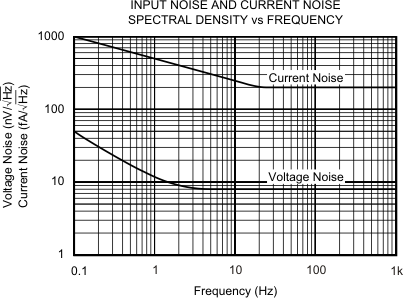SBOS771A December 2016 – January 2019 OPA4277-SP
PRODUCTION DATA.
- 1 Features
- 2 Applications
- 3 Description
- 4 Revision History
- 5 Pin Configuration and Functions
- 6 Specifications
- 7 Detailed Description
- 8 Application and Implementation
- 9 Power Supply Recommendations
- 10Layout
- 11Device and Documentation Support
- 12Mechanical, Packaging, and Orderable Information
Package Options
Mechanical Data (Package|Pins)
Thermal pad, mechanical data (Package|Pins)
Orderable Information
6.6 Typical Characteristics
At TJ = 25°C, VS = ±15 V, and RL = 2 kΩ, pre-irradiated (unless otherwise noted).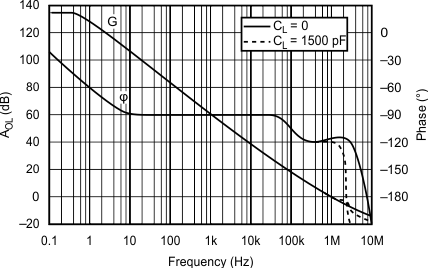
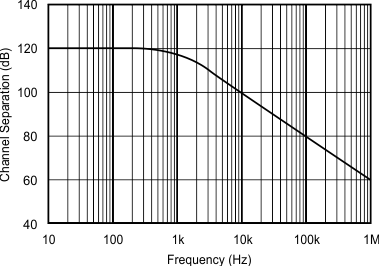
| G = 1, measured channel A to D or B to C. | ||
| Other combinations yield similar or improved rejection. |
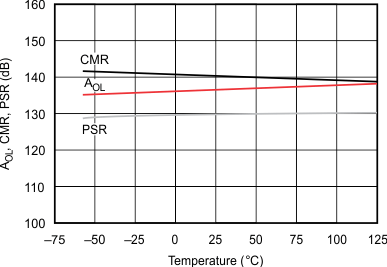
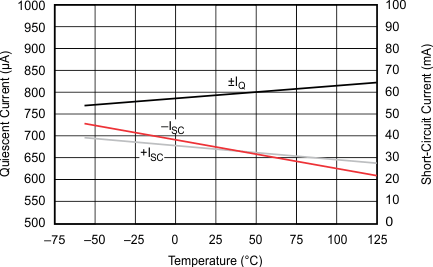
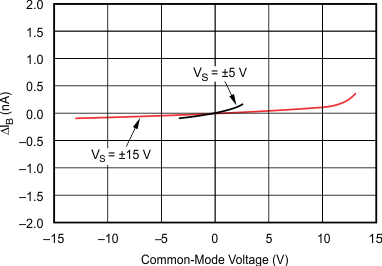
| Curve shows normalized change in bias current with respect to VCM = 0 V. Typical IB may range from –0.5 nA to 0.5 nA at
VCM = 0 V. |
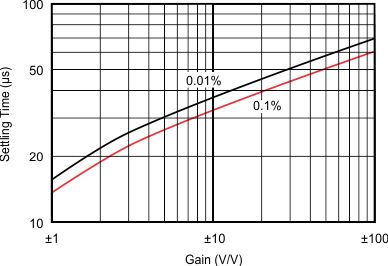
| 10-V step | CL = 1500 pF |
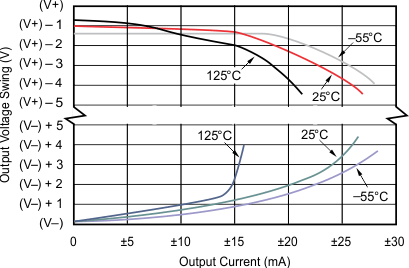
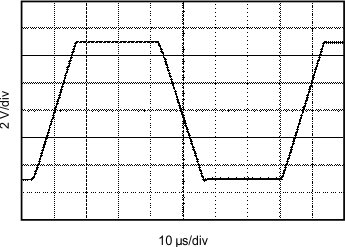
| G = 1 | CL = 1500 pF | VS = ±15 V |
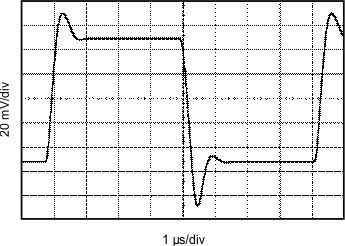
| G = 1 | CL = 1500 pF | VS = ±15 V |
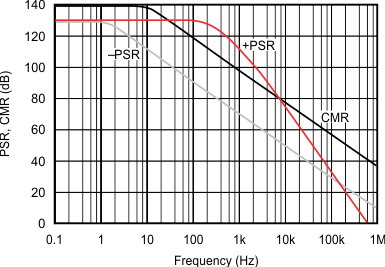
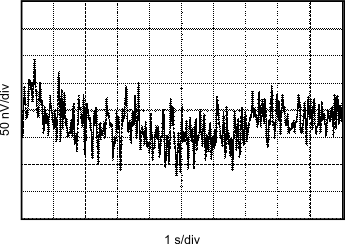
| Noise signal is bandwidth limited to lie between 0.1 Hz and 10 Hz. | ||
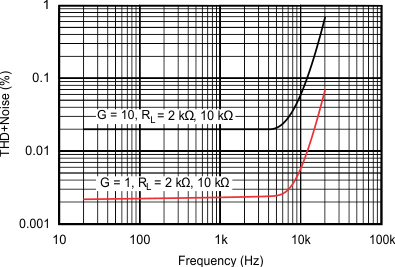
| VOUT = 3.5 Vrms | ||
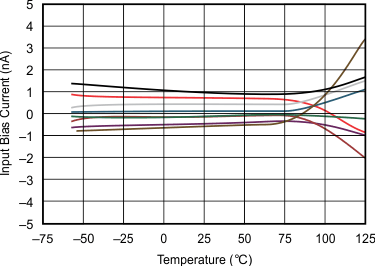
| Curves represent typical production units. |
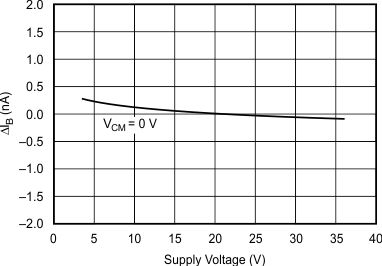
| Curve shows normalized change in bias current with respect to VS = ±10 V (+20 V). Typical IB may range from –0.5 nA to 0.5 nA at VS = ±10 V. |
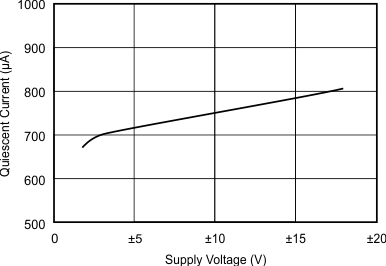
| Per amplifier | ||
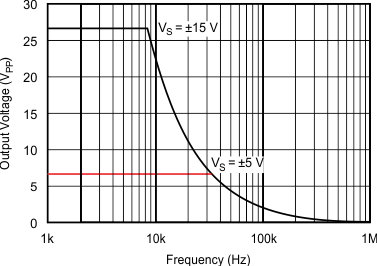
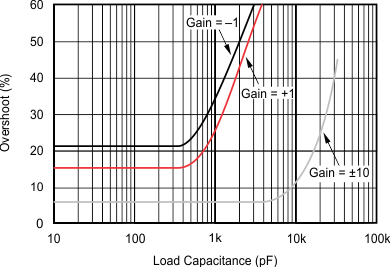
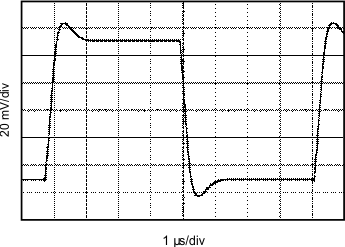
| G = 1 | CL = 0 pF | VS = ±15 V |
